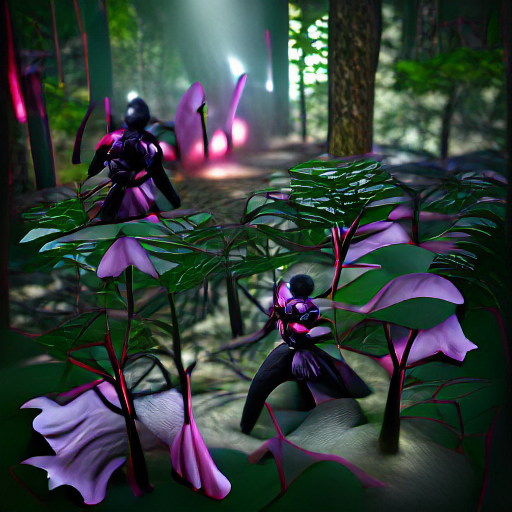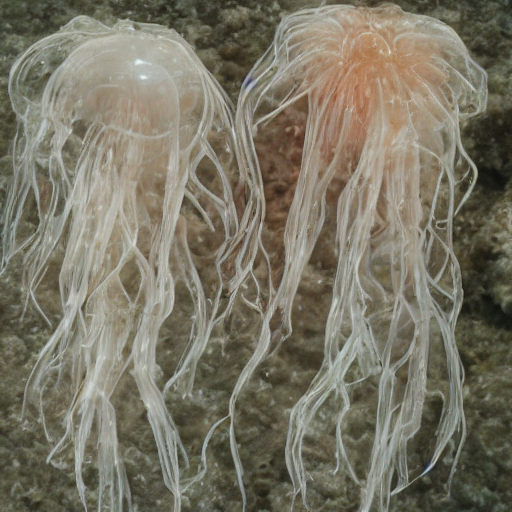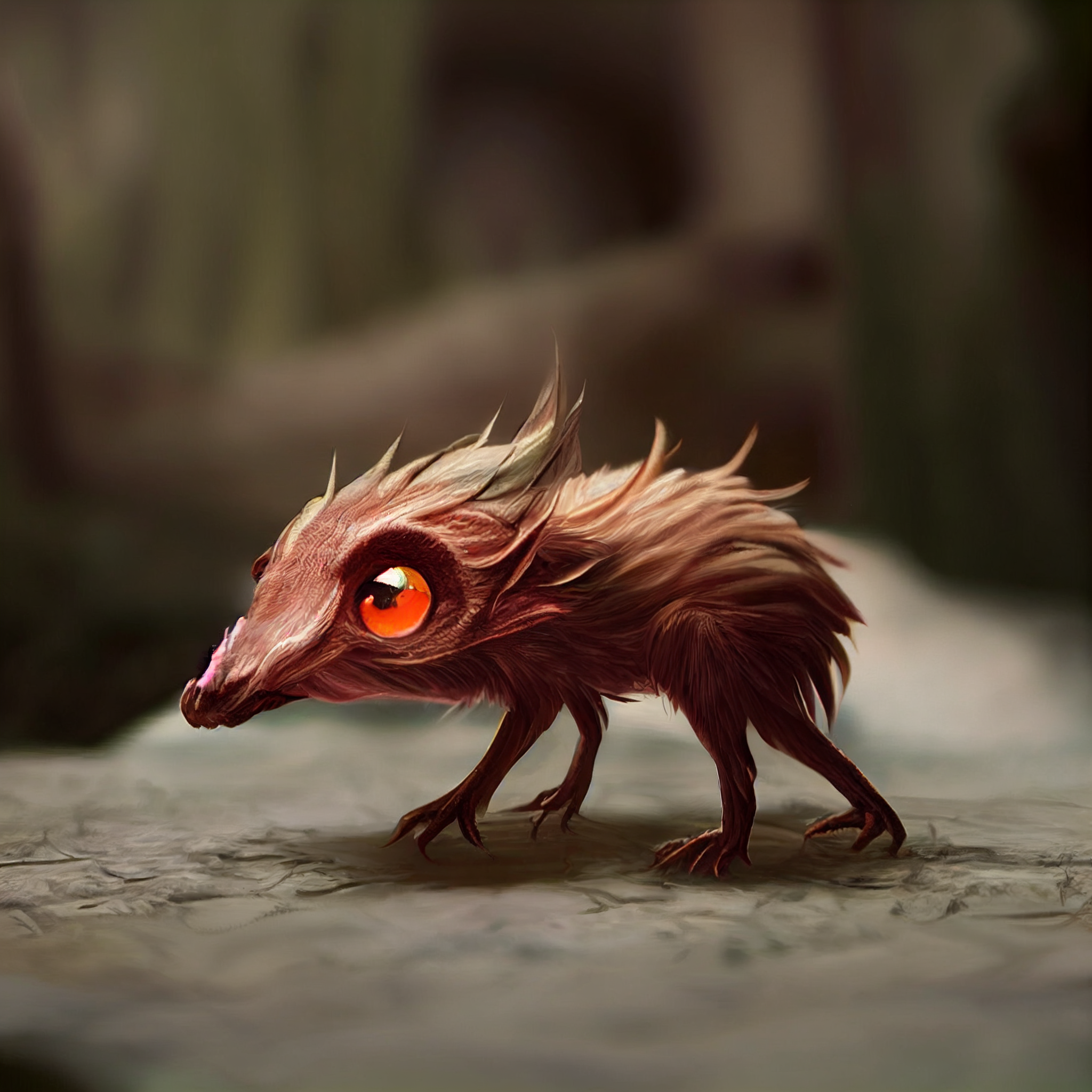

Ala dimios (commonly also referred to as just "alas") are descendents of ancient, magical dragons. While they lack the magical prowess of their ancestors, they've thrived physically and dominate the highest skies with wind attacks and a gigantic hammerhead.

Explore an endless universe of ficticious life on NovelGens.





